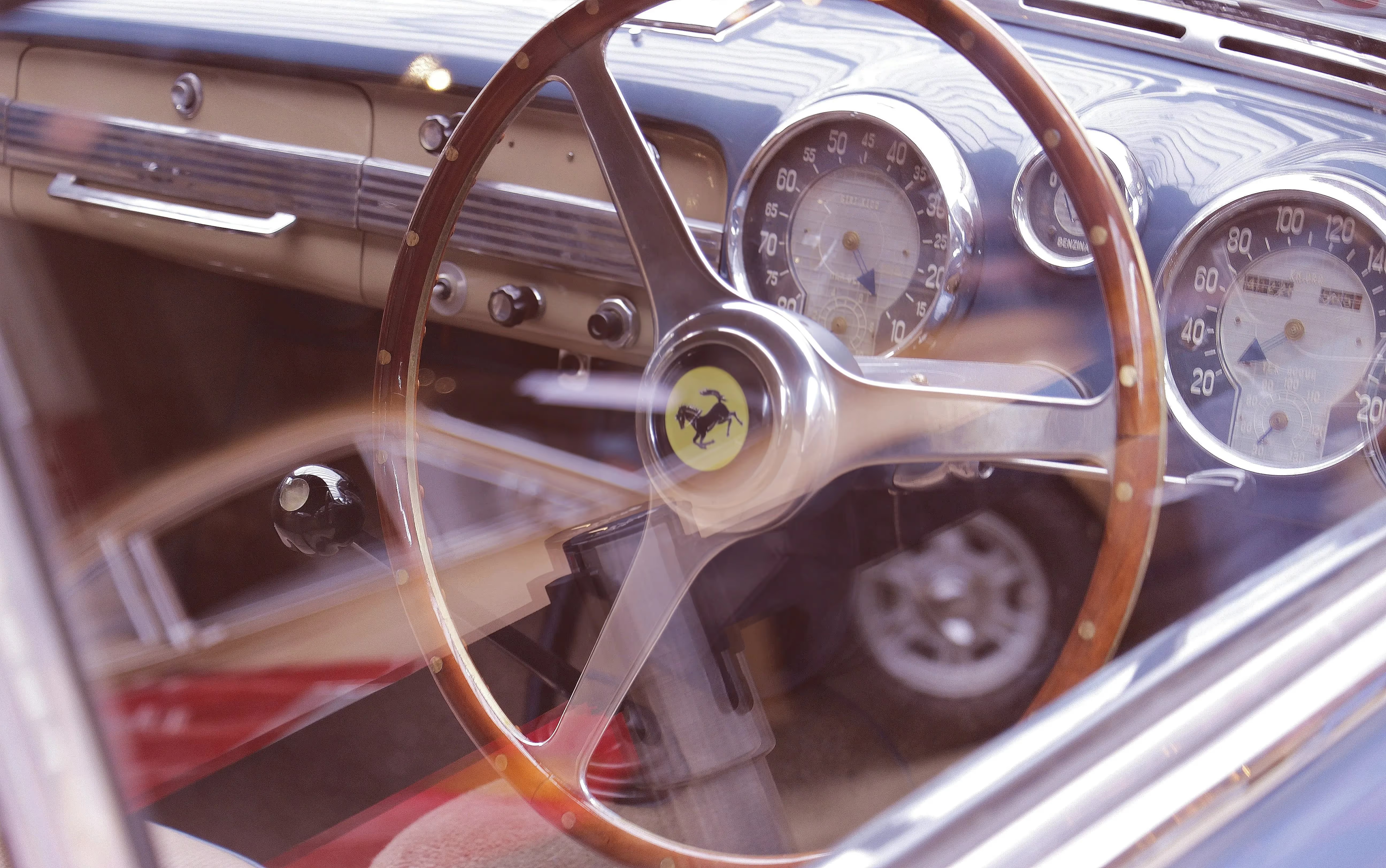
Classic cars are more than just machines, they’re rolling history, design statements, and in some cases, high-performance investments. Whether you’re buying to cruise on weekends, enter concours events, or park value in a tangible asset, there’s a lot to consider before jumping in.
Here’s a no-nonsense breakdown of the trends, what to look for, how to do due diligence, and how to think clearly about value and resale.
What Counts as a “Classic Car”?
There’s no hard cutoff, but generally:
• Pre-war (before 1940) – ultra-rare, museum-level machines
• Post-war classics (1945–1975) – golden age of design and engineering
• Modern classics (1980s–early 2000s) – rising in collectibility now
A “classic” is defined less by age and more by significance: design, rarity, performance, and cultural impact all play a role. A 1991 Ferrari F40? Classic. A 1991 Honda Accord? Not quite.
What’s Trending in the Classic Car Market
1. Modern Classics Are Surging
Cars from the ’80s, ’90s, and early 2000s are in high demand. Think air-cooled Porsches, analog Ferraris, first-gen BMW M cars, Land Rover Defenders, and Japanese icons like the Toyota Supra MK4 or Nissan Skyline GT-R.
2. Low Production = High Value
Collectors are chasing limited-edition cars and rare specs. Special trims, manual transmissions, or factory-original options can add tens (or hundreds) of thousands to value.
3. Originality is King
A car in unrestored, original condition, especially with low mileage, often beats a shiny, over-restored one. Patina is cool now, if it’s honest.
4. Electrification Looms
As the world shifts to electric, classic internal combustion cars are becoming more desirable, especially analog models with no computers. Pure, mechanical driving is now a luxury.
What to Know Before You Buy
1. Do the VIN Check and Dig Deep
Run a full history report. Look for accidents, title issues, engine swaps, mileage rollbacks. Ask for maintenance records, ownership history, and any restoration documentation.
2. Matching Numbers Matter
On collectible cars, the engine, transmission, and chassis numbers should match what the factory records say. If they don’t, the value drops, sometimes drastically.
3. Inspections Are Non-Negotiable
Always get a pre-purchase inspection (PPI) from a specialist who knows that specific make/model. Rust, frame damage, poor restoration, and hidden issues aren’t always visible.
4. Know the Market for That Model
Don’t assume every classic goes up in value. Some do, some don’t. Research past auction sales, talk to experts, check condition guides. Timing and model-specific knowledge are key.
5. Modifications Can Kill or Boost Value
Period-correct upgrades? Sometimes a plus. Modern wheels, cut springs, or a non-factory paint job? Usually a minus for collectors. Know your audience: are you buying to flip or to drive?
Buying for Pleasure vs. Buying for Investment
Buying for Pleasure:
• Pick something that makes you smile every time you fire it up.
• You can accept a few quirks or non-original parts.
• Maintenance and repairs are part of the fun, and the cost.
• Drive it. Enjoy it. Just keep it insured and well-maintained.
Buying for Investment:
• Be strategic. Rarity, provenance, and originality drive price.
• Choose models with a rising collector base and limited supply.
• Store it properly, climate-controlled if possible.
• Avoid over-mileaging it. An extra 20,000 miles can slash value.
• Keep all paperwork. A full documented history can be worth more than a fresh paint job.
Classic cars can appreciate, but they’re not guaranteed investments. Maintenance, storage, insurance, all cost money. The real return often takes years, or the right buyer at the right time.
Selling: What Are Your Options?
1. Auction Houses (RM Sotheby’s, Bonhams, Gooding & Co.)
Ideal for high-end or rare cars. They’ll market it well and bring in wealthy collectors. But you’ll pay fees, and need to prep the car professionally.
2. Online Auctions (Bring a Trailer, Collecting Cars, Cars & Bids)
Exploding in popularity. Transparent process, wide audience, good prices, if your car is desirable and well-presented.
3. Specialty Dealers
Faster but lower returns. They’ll resell at a markup, so they’ll negotiate hard. Good if you want out quickly.
4. Private Sale
More control, possibly more profit. But it takes time, requires effort, and opens the door to tire-kickers, lowballers, and scammers.
Final Thoughts
Classic cars are where passion meets pragmatism. If you love the rumble of a V12 or the smell of old leather, buying one will bring joy every time you take it out. If you’re investing, know this: condition, documentation, and timing will make or break your return.
Buy what you love, but don’t skip the homework. In this world, the difference between a $50K car and a $500K car can be a few overlooked details, or a well-kept secret.
Whatever your goal, remember: cars are meant to be driven. Even the classics. Just make sure you’re steering with your head and your heart.